I’M JUST CURIOUS: Save a little money
 by Debbie Walker
by Debbie Walker
I don’t know where this quote came from, however, I am using it here, “With prices of most necessities rising, I’m glad there’s a way to save tons of money in such a simple, healthy manner.” I haven’t tried most of these, but I will put notes on things I have tried. I hope you enjoy reading the possibilities and trying a few.
Car wax: After your car has been waxed there is still a little wax left over, even on the wax pad. Here are a couple of ideas for leftovers:
Do you have bird feeders on a pole? Rub that pole with the wax pad. Slippery going for the little devils.
Rub some wax on dog’s tags to prevent rust. Or do you have a sticky drawer, a little wax will fix that.
Rubbing alcohol: Rubbing alcohol, for all the work it can do, is a very inexpensive purchase.
Got an ink mark on your leather pocketbook? Dip a cotton swab in alcohol, rub it back and forth ‘til mark is gone. Then dry with hair dryer.
Get rid of musty clothes odors. Fill spray bottle with equal parts alcohol and water, mist garment.
Equal parts 90 percent rubbing alcohol and water. Spray on your iced over car windows and windshield. This works. I would do my windshield first, walk around the car doing windows, get back to driver’s door and windshield was free of ice!
Unclog spray paint nozzle – Aggravating!
Turn can upside down, dip nozzle in a small bowl of alcohol. Wait one minute and rinse under hot water.
Lemon Juice: Lift tarnish off your holiday silverware. 1 tsp. baking soda, 4 tsp. lemon juice, makes a paste. Rub on, rinse off.
Keep cats from bothering plants. Soak a cotton ball in lemon juice and rub it around the rim of planter. Cats dislike citrus scent.
Clumpy rice. If you cook it and get sticky rice add a few drops of lemon juice to boiling water.
Stiff paint brushes. 3 parts lemon juice, 1-part water to boil. Soak brushes for 15 minutes.
Keep ants out. Saturate a few cotton balls with juice and place where ants and other bugs appear. Odor disrupts scent trails.
Petroleum Jelly: Kitty got a hair ball problem? Use your finger and dab it on the cat’s nose. She licks it off. It helps her digestive system.
Candlesticks often get covered with candle wax attached, before lighting rub on jelly. Cooled wax comes right off.
Milk: Take large, difficult pills with milk. Coats and slides easier.
Dry damaged hair. Spray bottle to spritz whole milk onto hair. Wait 30 minutes then shampoo and condition as usual.
Dog smells. Give him a bath, add 1 cup milk to water before putting him in. Massage and then rinse as usual. Smell is much better.
Mouth burn. Ease pain quickly, swish a bit of cold milk around in mouth.
Charcoal: Eliminate static from a radio. Place a piece of charcoal on top of it. It attracts the waves you don’t want to hear. It is supposed to make it static free. I have to try this!
I am just curious about that charcoal business. Contact me with comments or questions at DebbieWalker@townline.org. Thanks for reading and have a wonderful week.


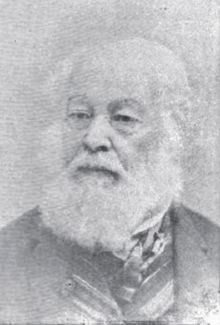


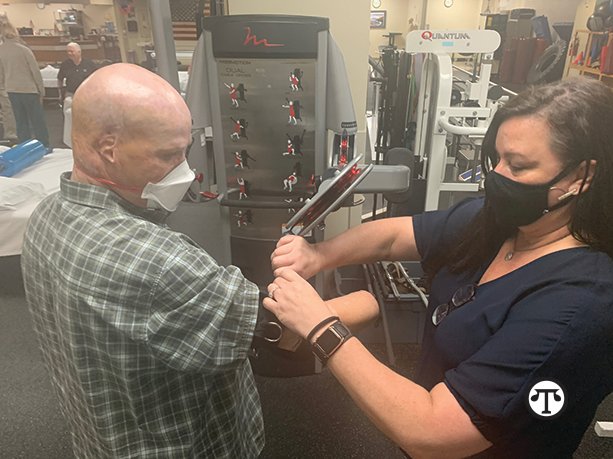
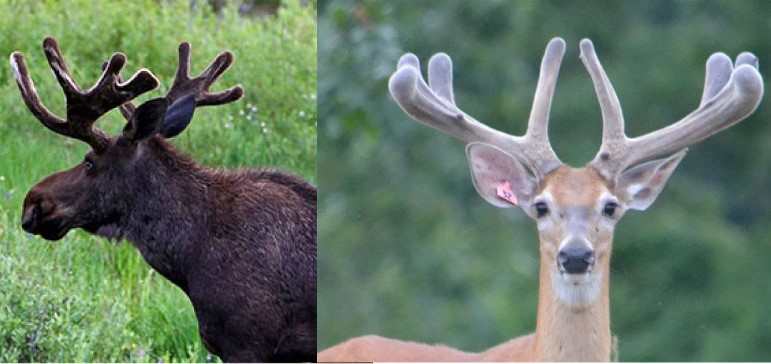


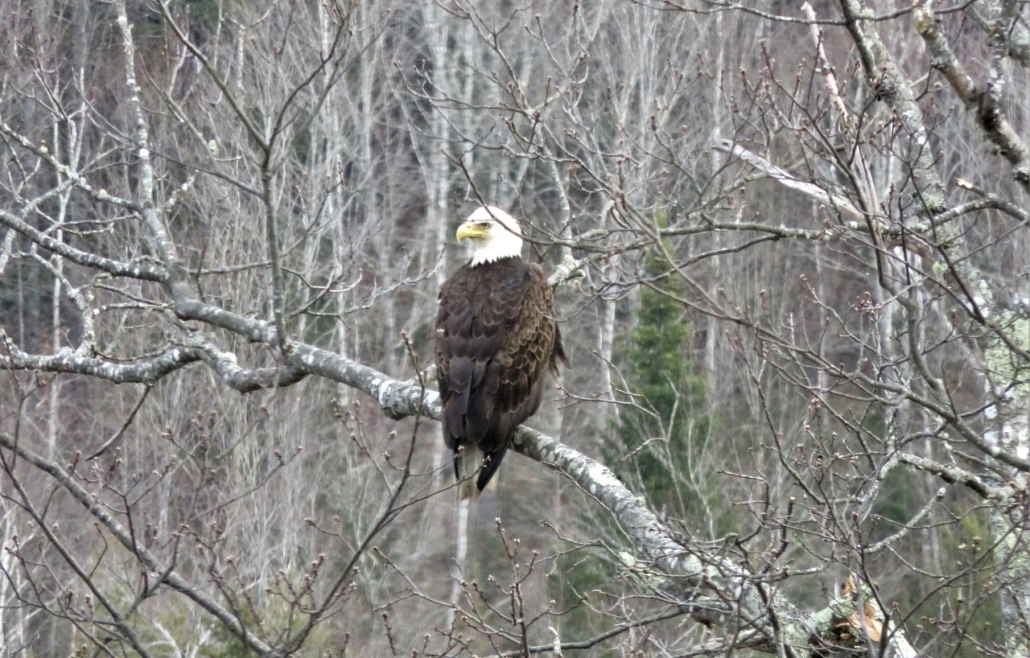
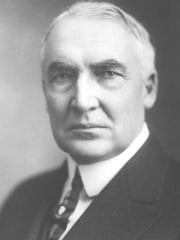

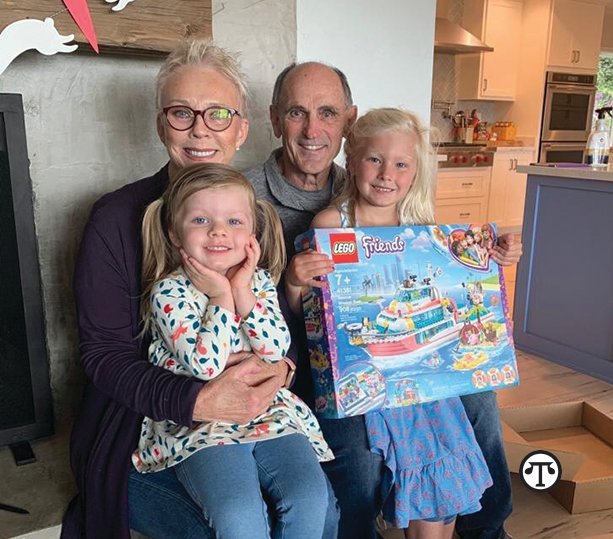 (NAPSI) — Here’s good news for America’s approximately 70 million grandparents: A growing problem that has been bugging families since the advent of the digital photo revolution—“Where is the latest photo of my grandchild?”—may have a surprising solution thanks to two enterprising granddads, Silicon Valley alumni.
(NAPSI) — Here’s good news for America’s approximately 70 million grandparents: A growing problem that has been bugging families since the advent of the digital photo revolution—“Where is the latest photo of my grandchild?”—may have a surprising solution thanks to two enterprising granddads, Silicon Valley alumni.